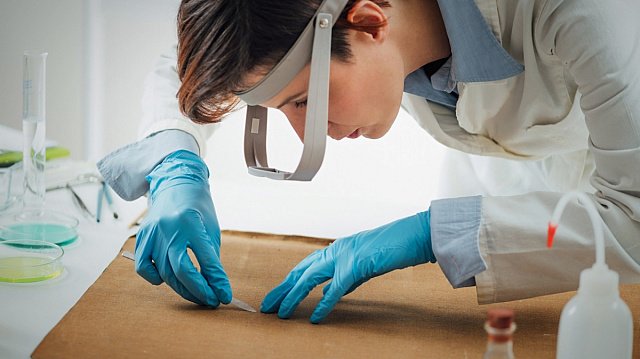
Researchers in China have created a new solar thermal fabric capable of heating up within seconds under light exposure – a breakthrough that could revolutionise thermal management technologies and transform the design of smart clothing, medical devices, and protective gear for use in harsh climates. This is reported by
China Daily, a partner of TV BRICS.
The innovative molecular solar thermal (MOST) fabric, demonstrated remarkable performance in laboratory tests. When exposed to light, the fabric’s surface temperature increased by 25.5°C within 70 seconds, and under simulated sunlight at -20°C, it warmed by more than 21°C in under a minute.
The findings introduce a “bioinspired swelling–deswelling strategy”, drawing inspiration from Atriplex centralasiatica – a salt-tolerant plant that naturally regulates water and salt through a cyclical absorption process. Researchers replicated this mechanism at the molecular level, allowing fibres to absorb, swell and form crystalline coatings made of azobenzene molecules, which enhance both strength and photothermal efficiency.
Unlike conventional solar thermal materials, which often face durability issues such as delamination or rapid wear, the new fabric maintained over 90 per cent of its heating performance after 50 abrasion cycles, 500 stretches and 72 hours of washing. The team emphasised that this combination of mechanical resilience, softness and breathability makes it suitable for everyday wear and specialised use.
The heating intensity of the fabric can also be precisely regulated through light exposure, enabling tailored warmth for outdoor activities or targeted heat therapy for conditions such as arthritis.
Photo: microgen /
iStock
Самые
актуальные новости стран БРИКС https://tvbrics.com

